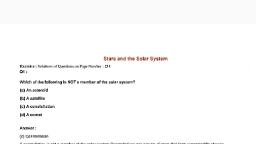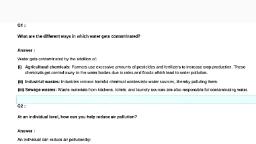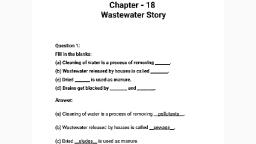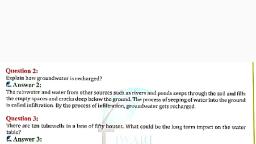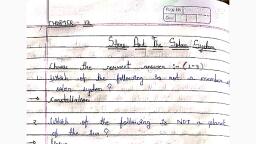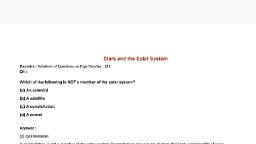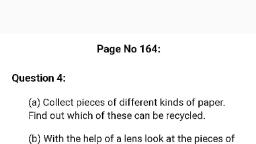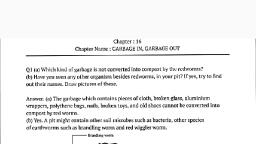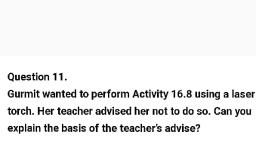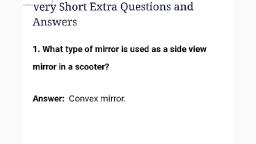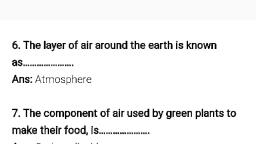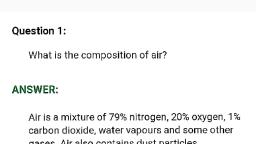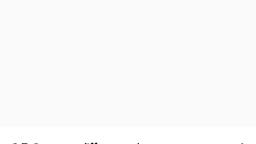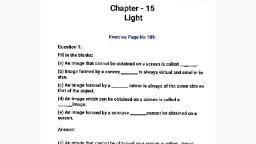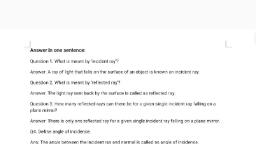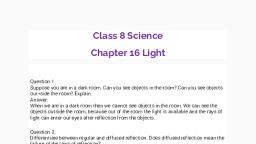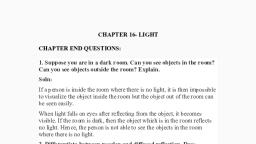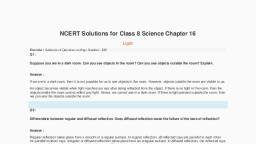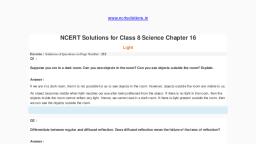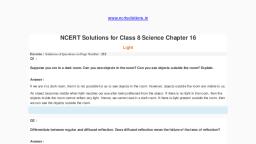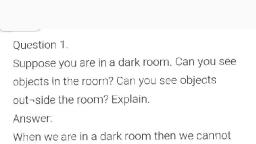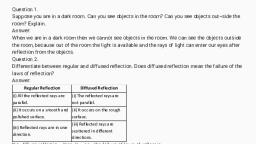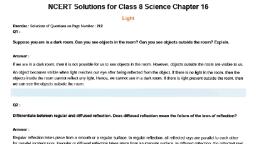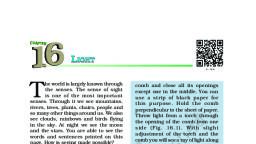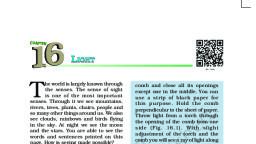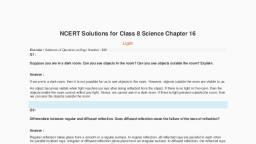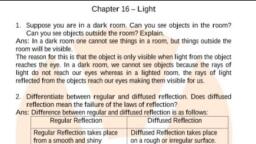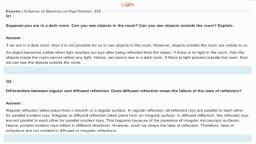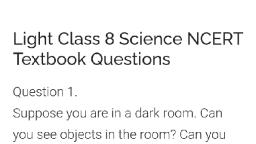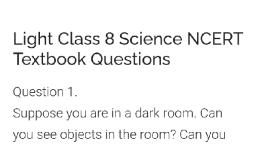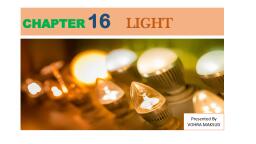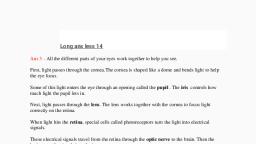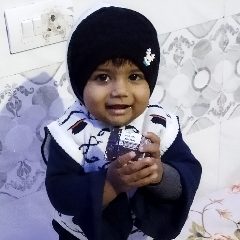Page 1 :
Question 1., , Suppose you are in a dark room. Can you see objects, in the room? Can you see objects out-side the room?, Explain., , Answer:, , When we are in a dark room then we cannot see, objects in the room. We can see the objects outside, the room, because out of the room the light is, available and the rays of light can enter our eyes afte, reflection from the objects.
Page 2 :
Question 2., , Differentiate between regular and diffused, reflection. Does diffused reflection mean the failure, of the laws of reflection?, , Answer:, , , , Regular Reflection Diffused Reflection, , (i) All the reflected rays are |(i) The reflected rays are, , parallel. not parallel., , (ii) lt occurs on asmooth (ii) lt occurs on the rougt, , and polished surface. surface., , (iii) Reflected rays are, (iii) Reflected rays are in, scattered in different, one direction., directions., , , , , , , , No, diffuse reflection doesn’t mean the failure of, laws of reflection.
Page 3 :
Question 3., , Mention against each of the following whether, regular or diffused reflection will take place when a, beam of light strikes. Justify your answer in each, case., , 1. Polished wooden table2. Chalk powder, 3.Cardboard surface, , 4. Marble floor with water spread over it5. Mirror, 6. Piece of paper, , Answer:, , 1. Regular reflection will take place because the, surface is plane and polished., , 2. Diffused reflection will take place because the, surface is rough., , 3. Diffused reflection will take place because the, surface is rough., , 4. Regular reflection will take place because the, surface is smooth and plane., , 5. Regular reflection will take place because the, surface is plane and polished., , 6. Diffused reflection will take place because the, surface is rough.
Page 4 :
Question 4.State the laws of reflection., , Answer:, , The laws of reflections are:, , 1. The incident ray, the normal and the reflected ray,, all lie in the same plane., , 2. The angle of incidence is equal to the angle of, reflection.
Page 5 :
Question 5., , Describe an activity to show that the incident ray, the, reflected ray and the normal at the point of incidence, lie in the same plane., , Answer:, , Activity: To show that the incident ray, reflected ray, and the normal at the point of incidence lie in the, same plane., , Materials Required: Plane mirror, holder, ray box, etc., Procedure: Fix sheet of white paper, a little beyond, the edge of the board. Place a plane mirror strip, vertically to the paper using a stand. Throw light frorr, a ray box on the mirror. Look at the reflected ray., Mark the incident ray, normal ray and reflected ray., Fold the paper which is beyond the edge of the, board. You will observe that the reflected ray is not, seen in the folded portion of the chart paper. Now, bring the folded portion back to its original position., The reflected ray of light is again seen on the page., Conclusion: The sheet on the board can be, considered as a plane. The incident ray, the reflected, ray, the normal at the point of incidence lie in the, same plane.
